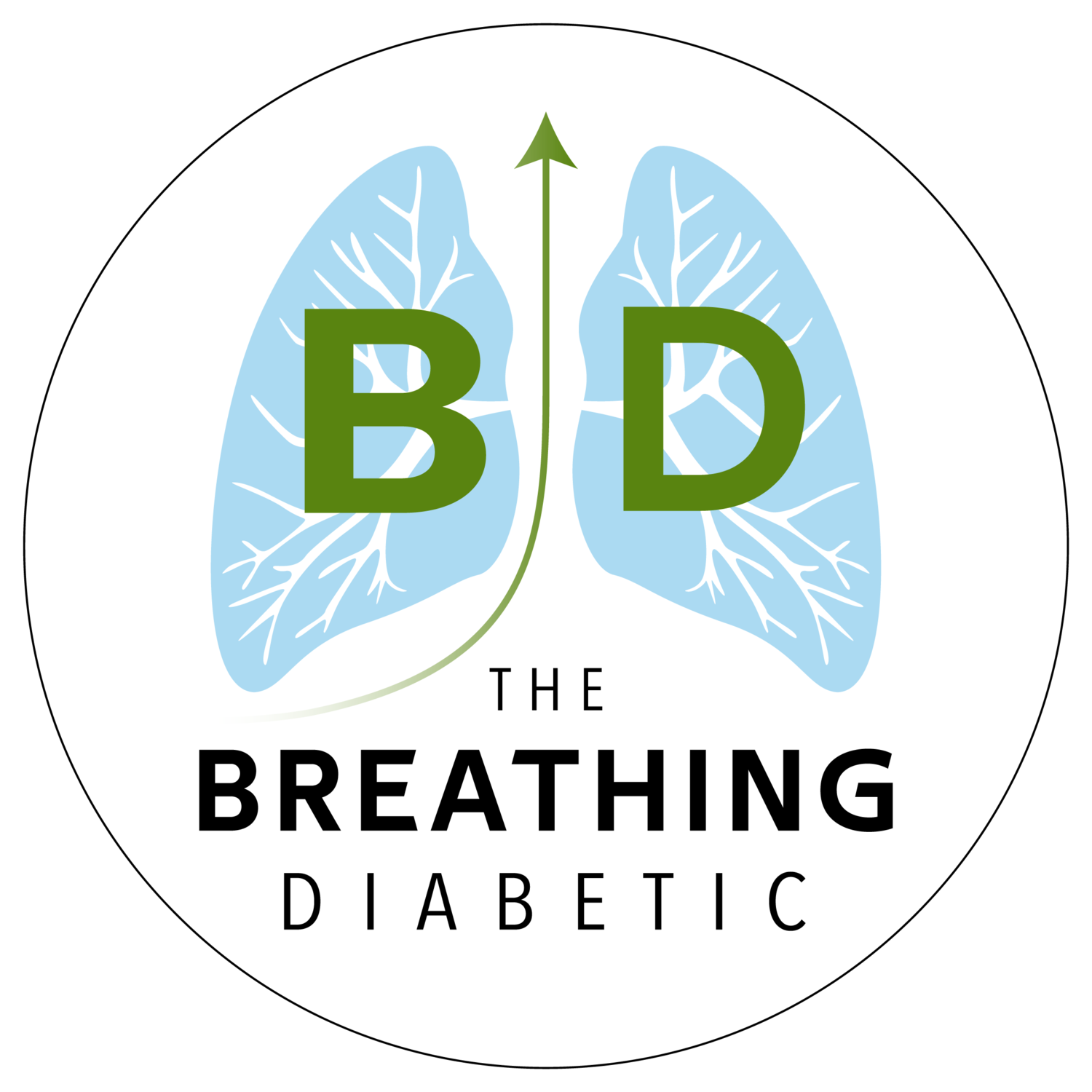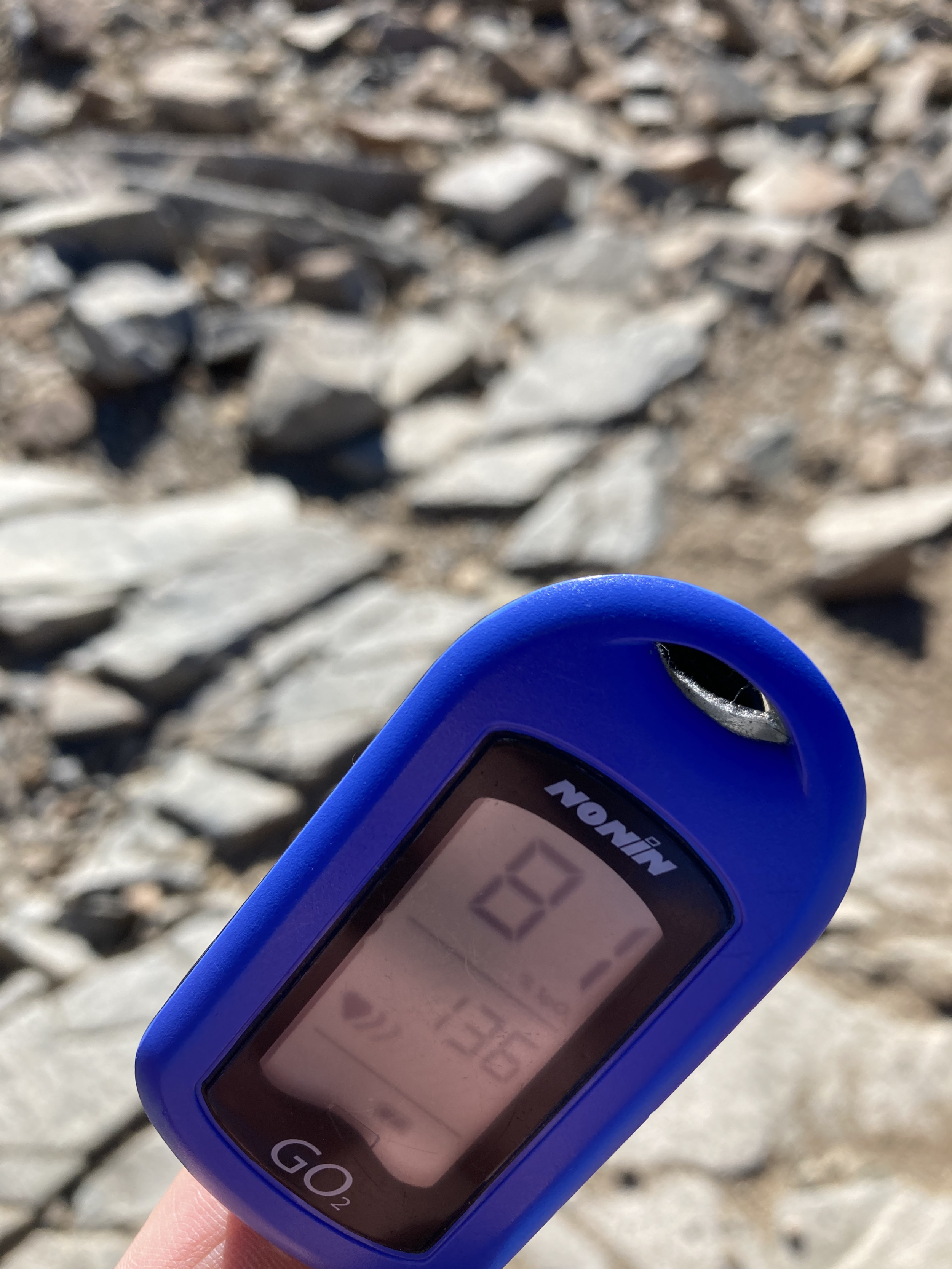Listen Instead of Reading
4 Thoughts
1. Why You Need to be Frustrated, and How Breathing Can Help
“Long-haul creativity, Robinson believes, requires a low-level, near-constant sense of frustration. … It’s a constant, itchy dissatisfaction, a deep sense of what-if, and can-I-make-it-better, and the like.”
- Steven Kotler, The Art of Impossible
A consistent breathing practice will improve your mental clarity and overall health. But it will also frustrate the hell out of you.
It’s so simple; why isn’t this taught everywhere? Wait, it’s free, and it literally helps everything?
Then, of course, your improved mental clarity will seep into everything you do, and you will get more frustrated with the world, in general. (Not that I’m speaking from personal experience or anything 😂)
But now we see it’s a good thing. We need a little frustration, a slight sense of dissatisfaction, a knowing that things could be better. It helps us sustain the creativity needed to deliver what the world needs.
And a regular breathing practice is the easiest way to get that itchy dissatisfaction.
So, please, go get a little more frustrated, and a little more creative, today : )
***
P.S. Kotler shares nine different ways for achieving long-haul creativity in the book. This was #5, but its unexpected nature made it stand out the most.
2. A Few Stand-Out Passages on the Importance of the Ancient Nose
“As a general note, the teachings on wind energy training and Yantra yoga emphasize breathing through the nostrils during the entire practice session. Unless we are given specific, personal instruction by a master on how and when to breathe through the mouth, we should always breathe through the nose.”
“The nose is the heavenly door (while) the mouth is the earthly window. Therefore, inhale through your nose and use your mouth to exhale. Never do otherwise for breath would be in danger and illness would set in.”
- The Primordial Breath, Volume I
"Ancient Egyptian cultures also recognized the importance of the breath, the evidence of which we see today in the many ancient statues that had their noses broken off but otherwise were left untouched. This defacement was no accident, but a deliberate act by conquering groups to take the life, in this case the breath of life, away from these icons."
- Michael J. Stephen, MD, Breath Taking
3. Walking After a Meal: The Simplest Habit for Stable Blood Sugar
“The most important takeaway is simple: Whenever possible, move your body after eating. Doing this helps mobilize post-meal glucose to fuel physical activity and curb the spike you might experience if you were inactive.”
- Levels, Walking after a meal: the simplest habit for stable blood sugar
The folks at Levels put out some of the best blogs; they’re well-written and packed with practical information.
This one was so good it almost made me want to switch my post-meal breathing session for a walk. Who knows, maybe I’ll become The Walking Diabetic : )
Enjoy!
***
Related: Diaphragmatic Breathing Reduces Postprandial Oxidative Stress
4. A Little Bit of Tape goes a Long Way
“I guess it goes to show that a little bit of tape can go a long way.”
- 411 Reader
When you tape your mouth at night, you reap the benefits of nasal breathing for 7+ hours a night. This includes things like better oxygenation, optimal breathing volume, harnessing nitric oxide, and brainwave synchronization.
Ultimately, this leads to deeper and more restorative sleep.
And if you’re a diabetic, your improved sleep might lead to noticeably better insulin sensitivity, which happened for this reader.
“I guess it goes to show that a little bit of tape can go a long way.” Perfectly said. 🙏
1 QUOTE
“The air, we might say, is the soul of the visible landscape, the secret realm from which all things draw their nourishment.”
- David Abram, The Spell of the Sensuous
P.S. Thanks to 411 reader Davis for sharing this book, and specifically the chapter on breathing, with me. So much goodness to explore. 🙏
1 Answer
Category: Brainwaves and Creativity
Answer: These brainwaves, which are between 8 and 12 Hz, are most associated with creative thinking.
…
(Cue the Jeopardy! music.)
…
Question: What are alpha brainwaves?
In good breath,
Nick Heath, T1D, PhD
“Breathing is the compound interest of health & wellness.”
Sign Up For The Breathing 411
Each Monday, I curate and synthesize information from scientific journals, books, articles, and podcasts to share 4 thoughts, 1 quote, and 1 answer (like "Jeopardy!") related to breathing. It’s a fun way to learn something new each week.








